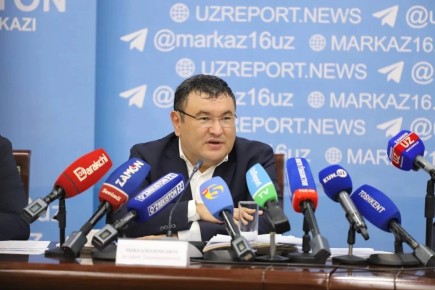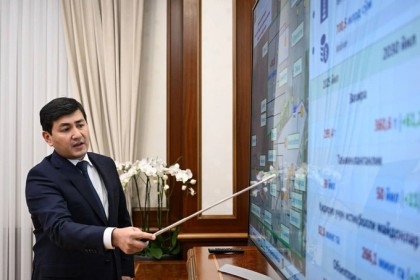Remittances are a very important source of financing in the countries of Central Asia. Kyrgyzstan, Tajikistan and Uzbekistan are among the largest recipients of remittances from Russia, making them particularly sensitive to changes in the Russian economy.
This dependence becomes especially clear if we compare the volume of remittances with the gross domestic product of the countries mentioned. According to the World Bank, by the end of 2021, the volume of transfers is equivalent to 35% of Tajikistan's GDP and 33% of Kyrgyzstan's GDP. These two states are among the five most migrant-dependent countries in the world. Most of these migrants go to Russia for seasonal jobs, often in the construction industry.
In Uzbekistan, the share of remittances is still quite a significant 13% of GDP. At the same time, Kazakhstan has the smallest share - only 0.2%. The World Bank does not provide data for Turkmenistan in its study.
Russia is the main source of remittances to Central Asia. Transfers from there account for about two-thirds of the total remittances in Kyrgyzstan and Tajikistan. In Uzbekistan and Kazakhstan, this figure is slightly lower - 56% and 44%, respectively. In 2022, the World Bank twice assessed growth forecasts for remittances. Initial findings expected an increase in remittances from Russia in all four countries. First of all, in Kazakhstan - by 7%.
However, the Russian invasion of Ukraine forced the organization to reassess, according to which the bank expects a sharp decrease in the volume of remittances in 2022. For example, in Kyrgyzstan, where in 2021 82% of remittances came from Russia, in 2022, according to the forecast, flows will decrease by 32%. At the same time, an increase of 3% was initially expected. In Tajikistan, the fall may be 22%, while previously predicted growth of 2%.
Uzbekistan sends millions of migrant workers to Russia, but its economy is less dependent on their remittances, which the World Bank predicts a 21% decline. In Kazakhstan, remittances sent from Russia, according to World Bank forecasts, will decrease by 19%. However, the impact will not be so tangible, given the insignificant share in GDP.
Comparing the war in Ukraine to previous external shocks, remittances to Central Asian countries fell by more than 25% in 2015 following Russia’s 2014 annexation of Crimea and the resulting sanctions. The COVID-19 pandemic is another case of the dangers of interdependence: border closures and widespread lockdowns led to a 6% drop in remittances in 2020, the World Bank notes.
Short-term forecasts of remittances to CA countries are highly uncertain and depend on the scale of the war in Ukraine and the effectiveness of sanctions on outgoing payments from Russia. However, the long-term consequences could be very serious, given the fact that the current package of sanctions is unprecedented.
According to Ranking.kz, the current situation is strikingly different from previous crises, which is not taken into account in the World Bank's assessment. The real picture of money transfers - at least through international money transfer systems - so far shows not a decline, but a huge increase in indicators.












